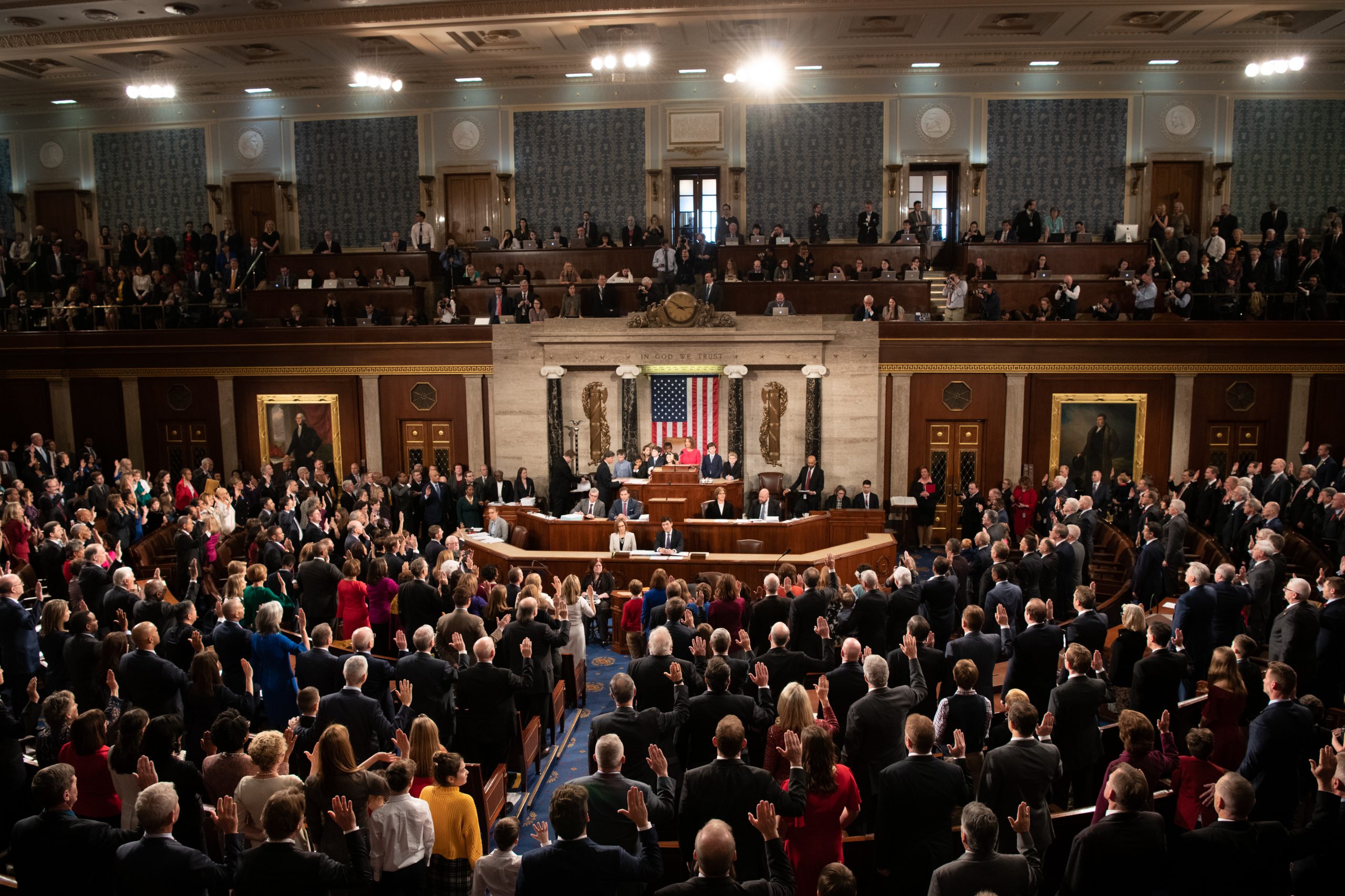
434 lawmakers, including 89 new freshman Members, were sworn in to the 116th Congress on January 3, 2019. Photo by Phi Nguyen.
A BILL: To direct the Secretary of Commerce to establish a working group to recommend to Congress a definition of blockchain technology, and for other purposes.

















